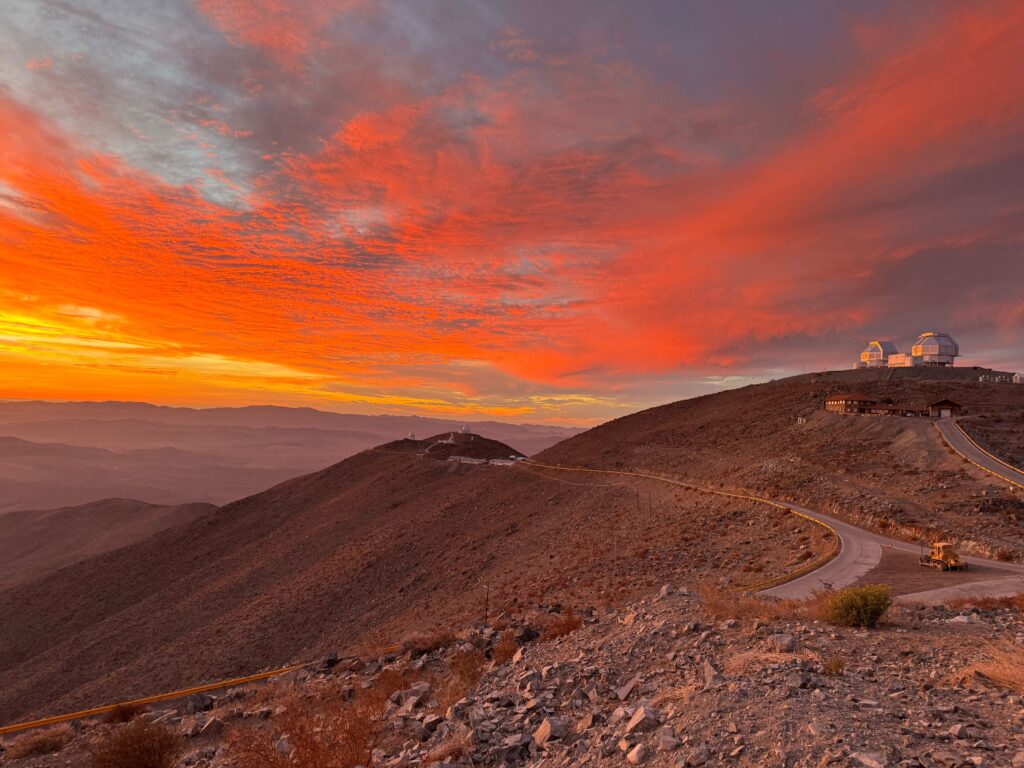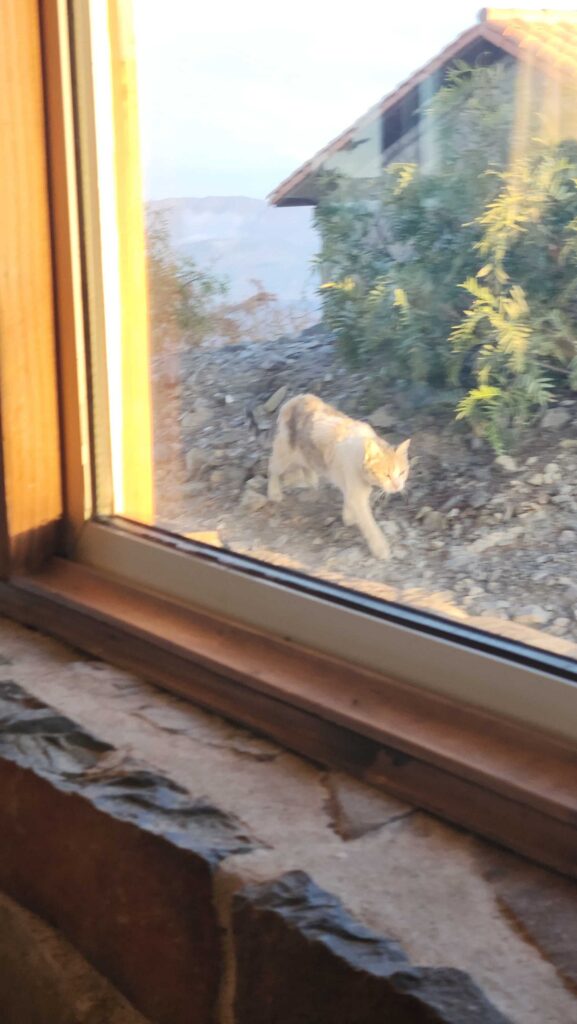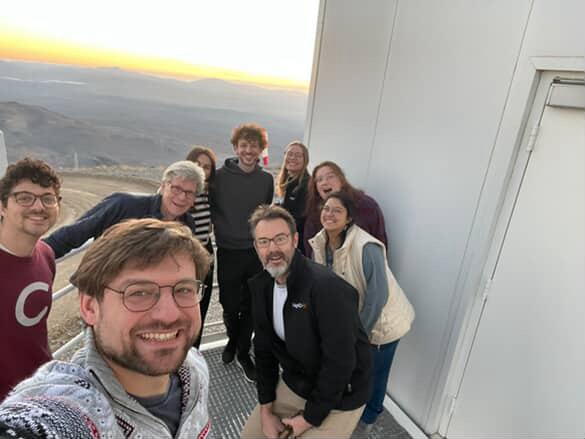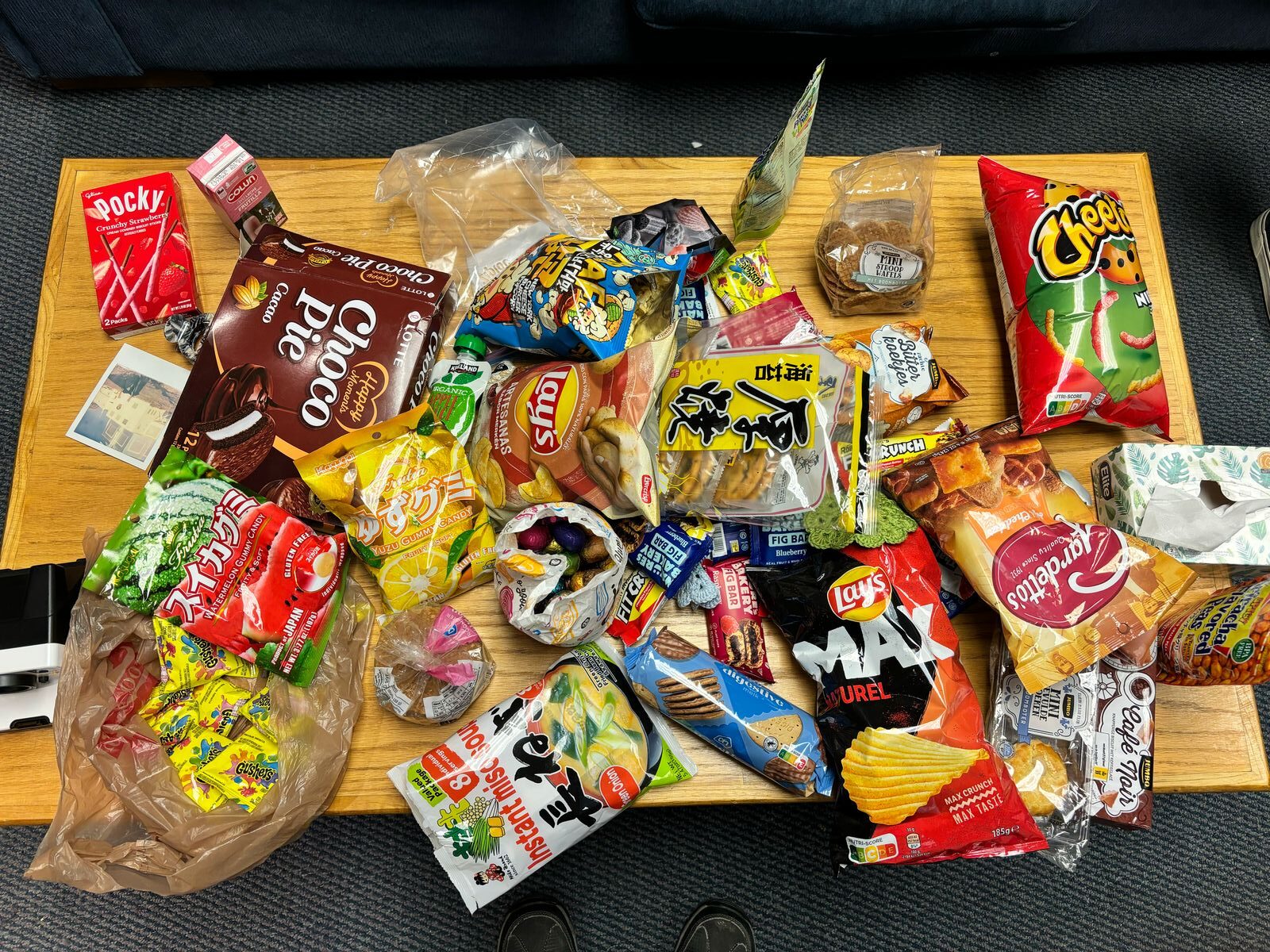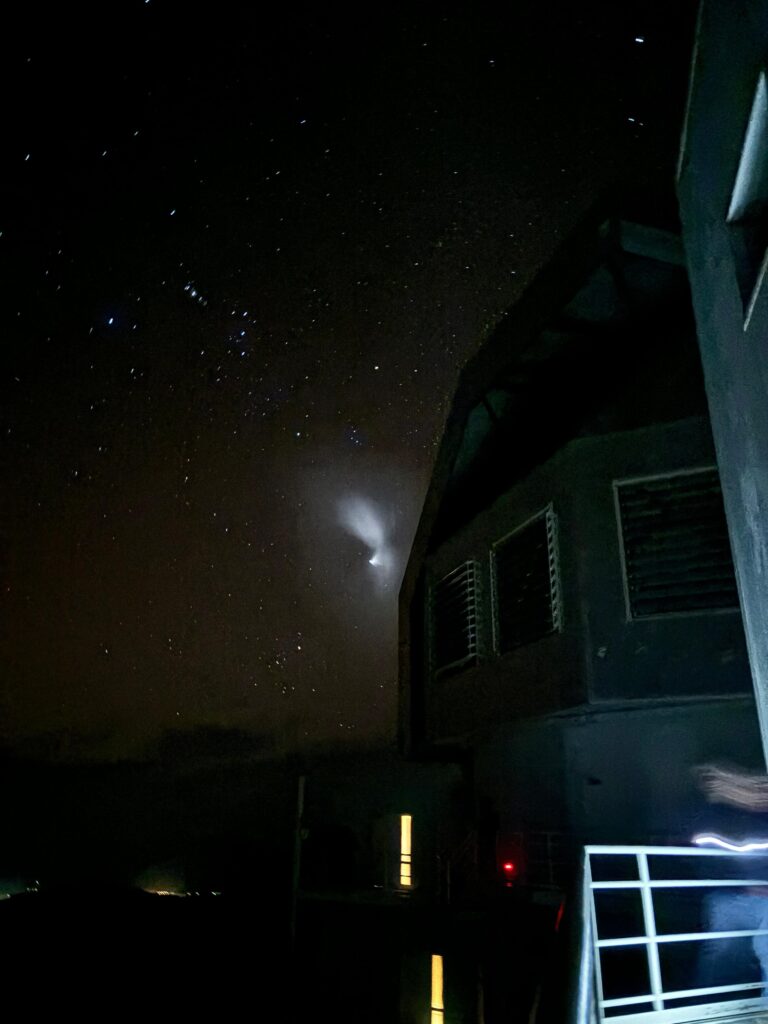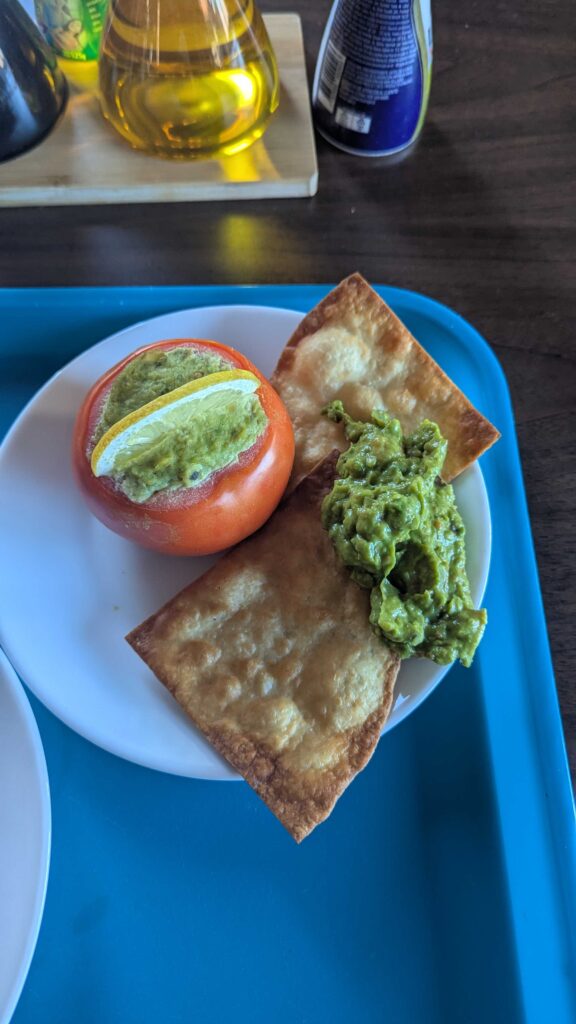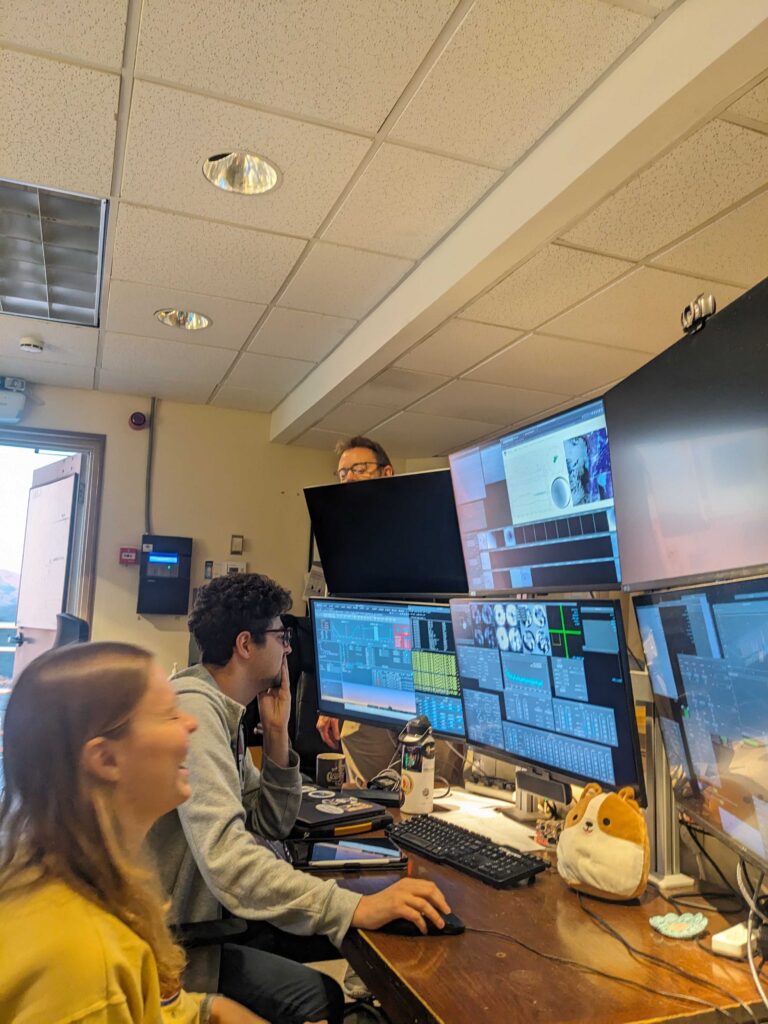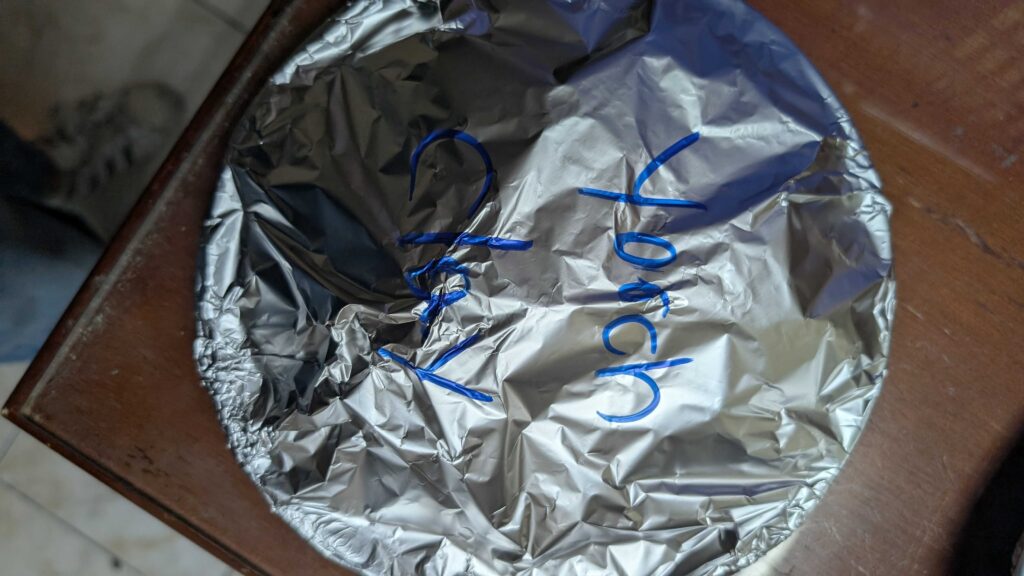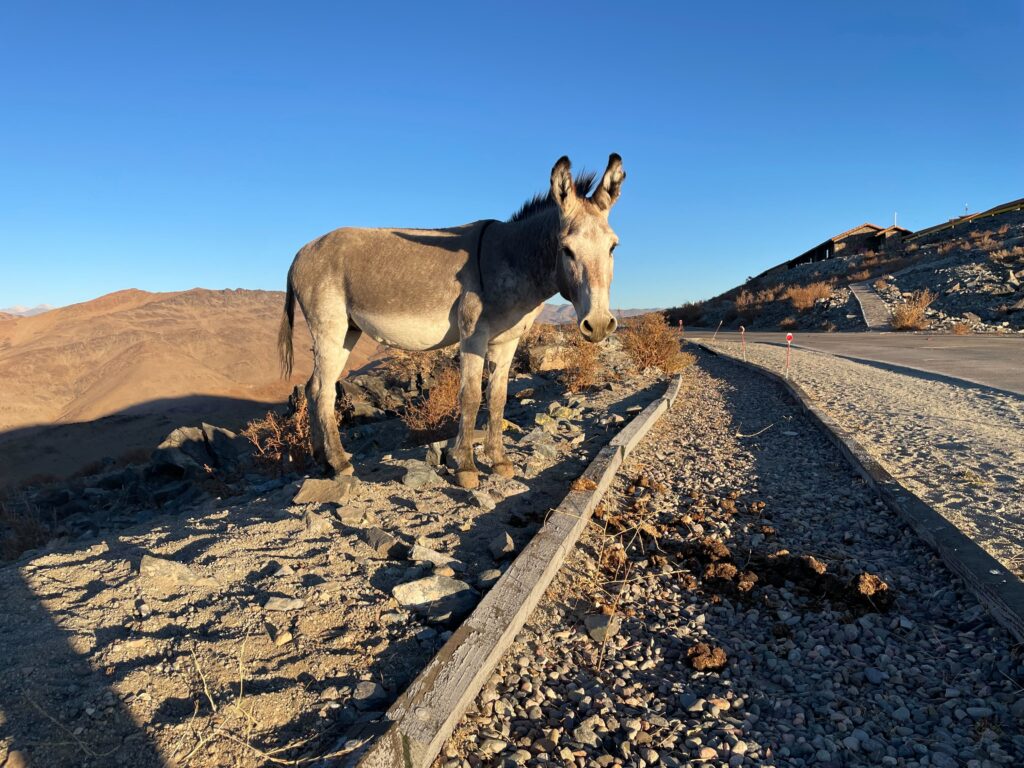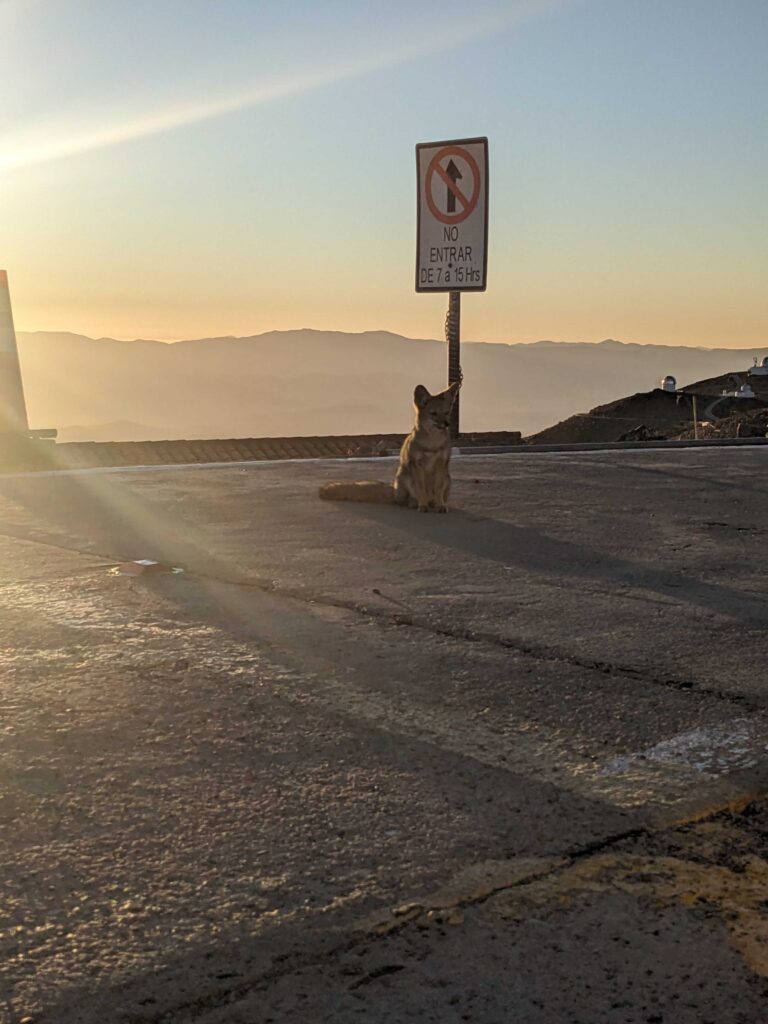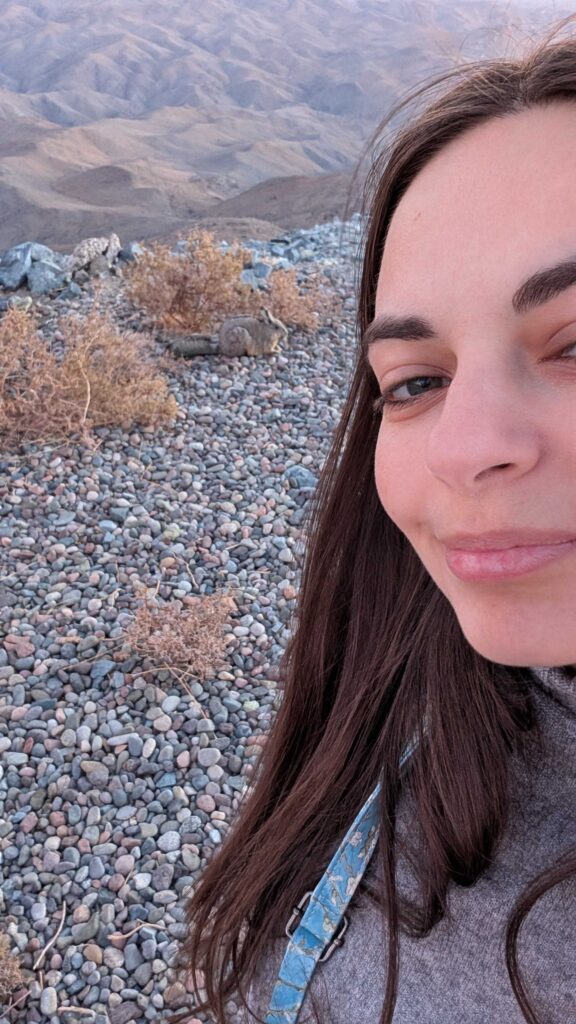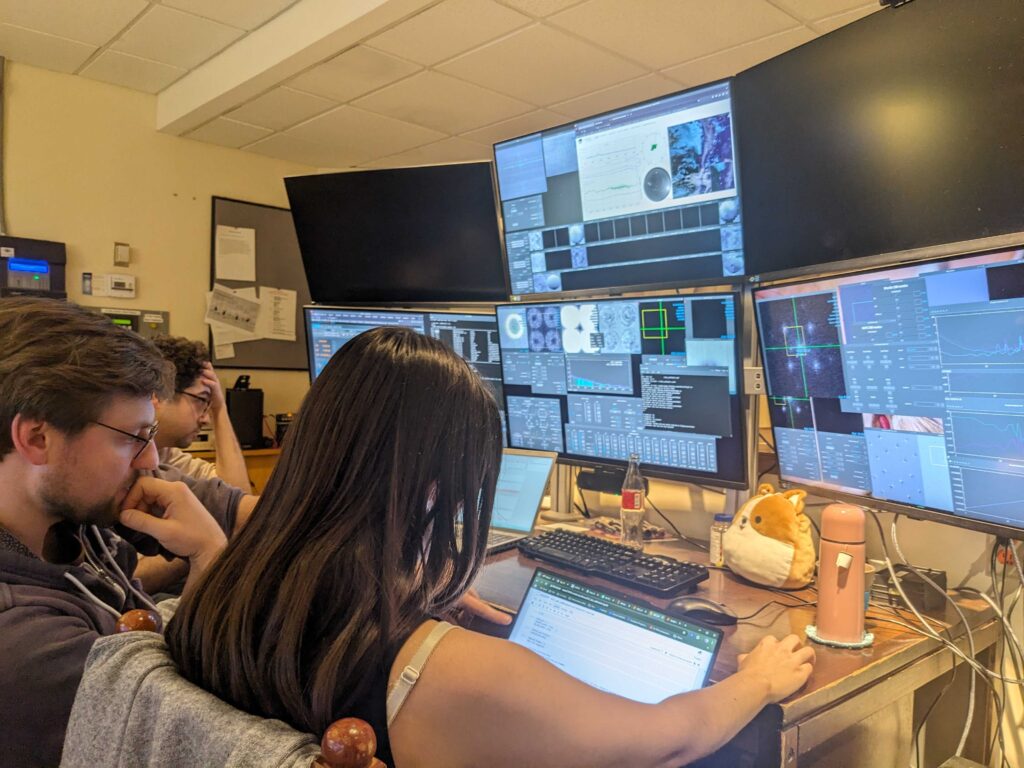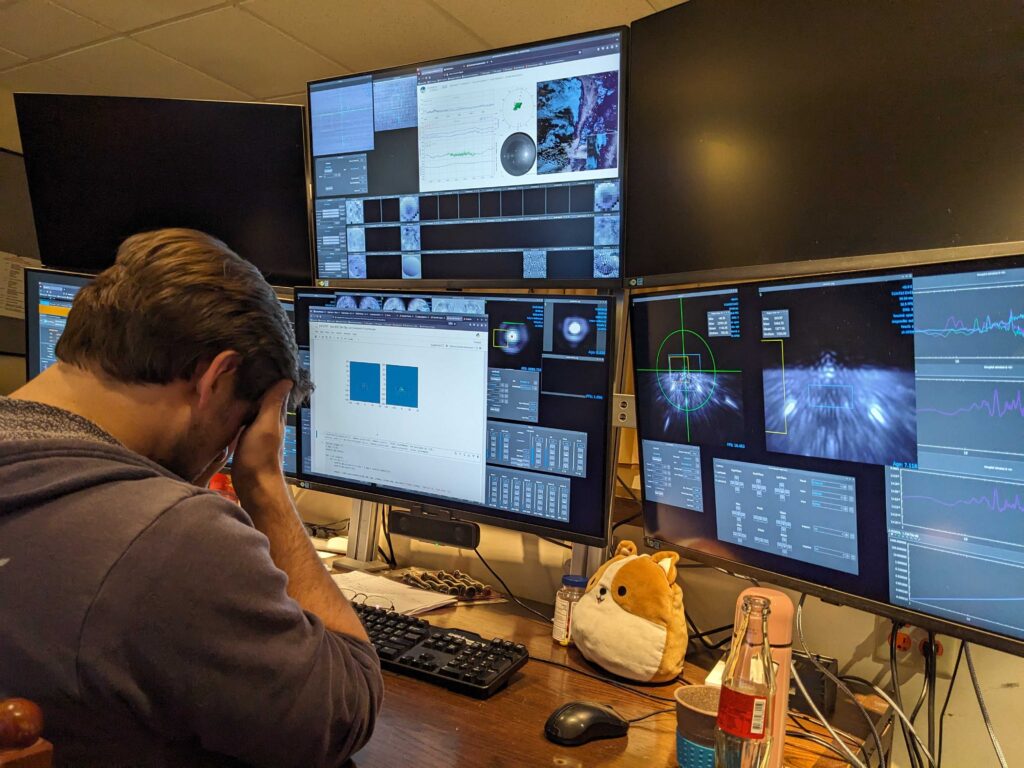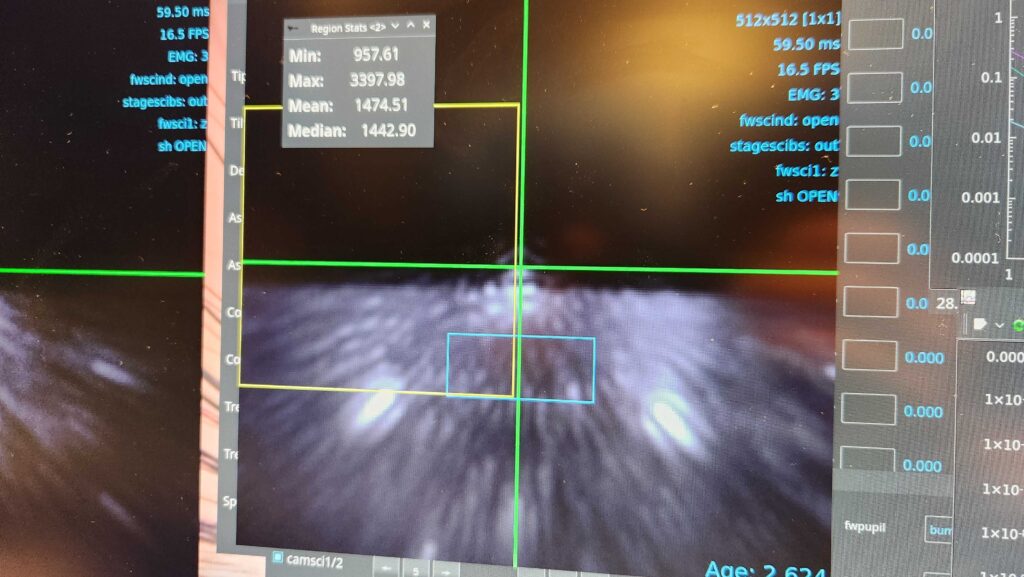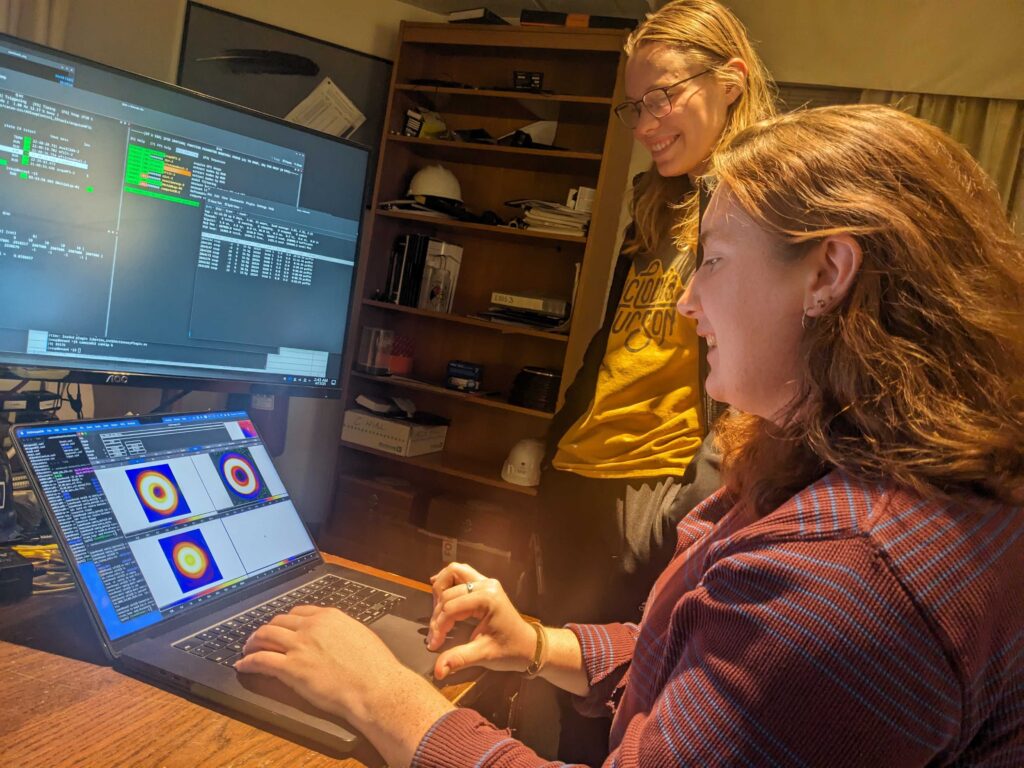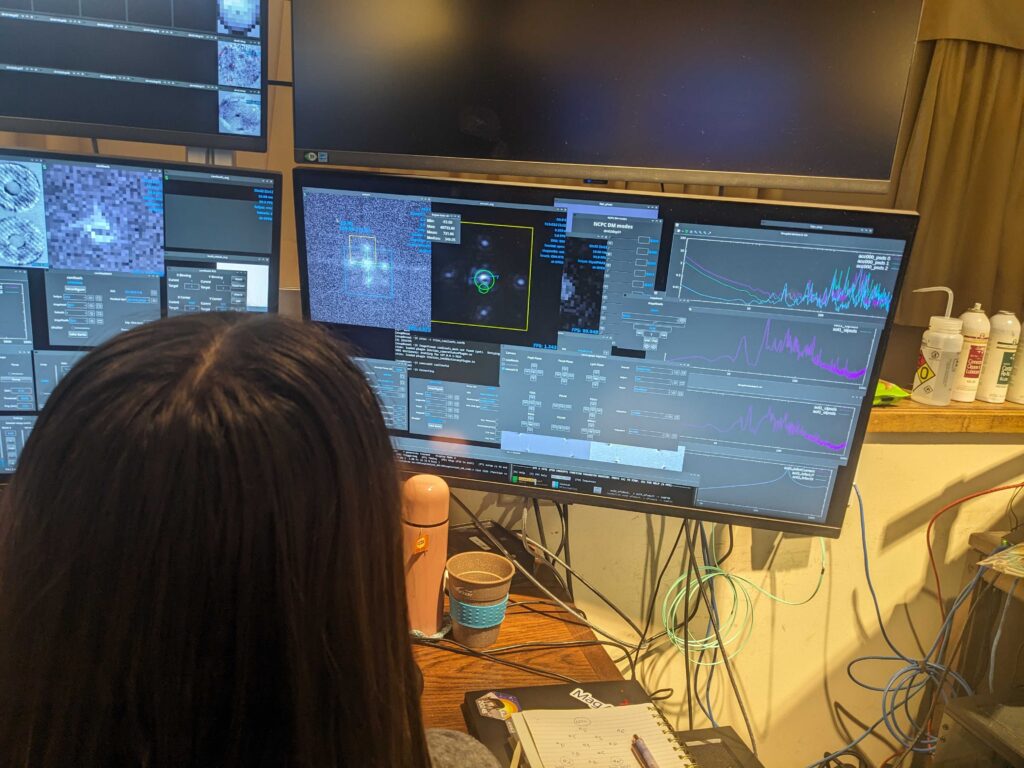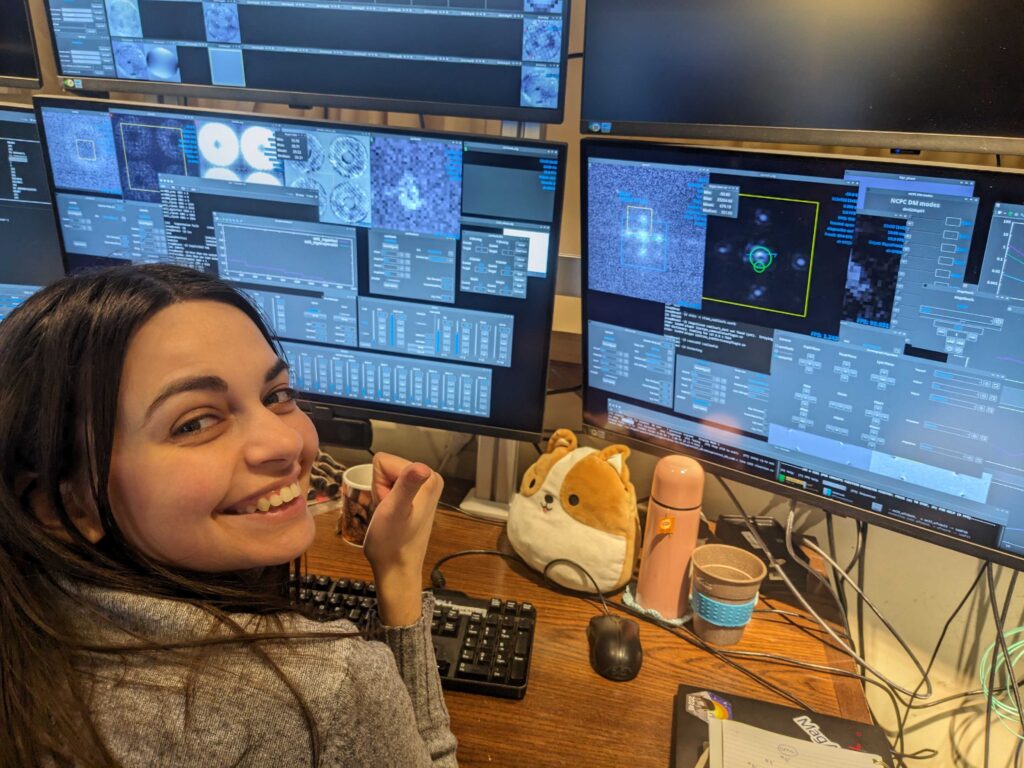I regret to inform you, dear readers, that things did not get better. This is not a happy story. Your brave AO operators do not triumph over the atmosphere, because… well it’s a natural phenomenon with a mean streak. We don’t pull an underdog move, miraculously rally, and through the power of friendship get phenomenal data at the last second. We limped towards dawn and the day crew takeover. The last night of the run was a wash, and honestly we’re glad it’s over.

Now that you’re adequately disappointed for us, here are some good things that happened today:
- The sunset was beautiful!
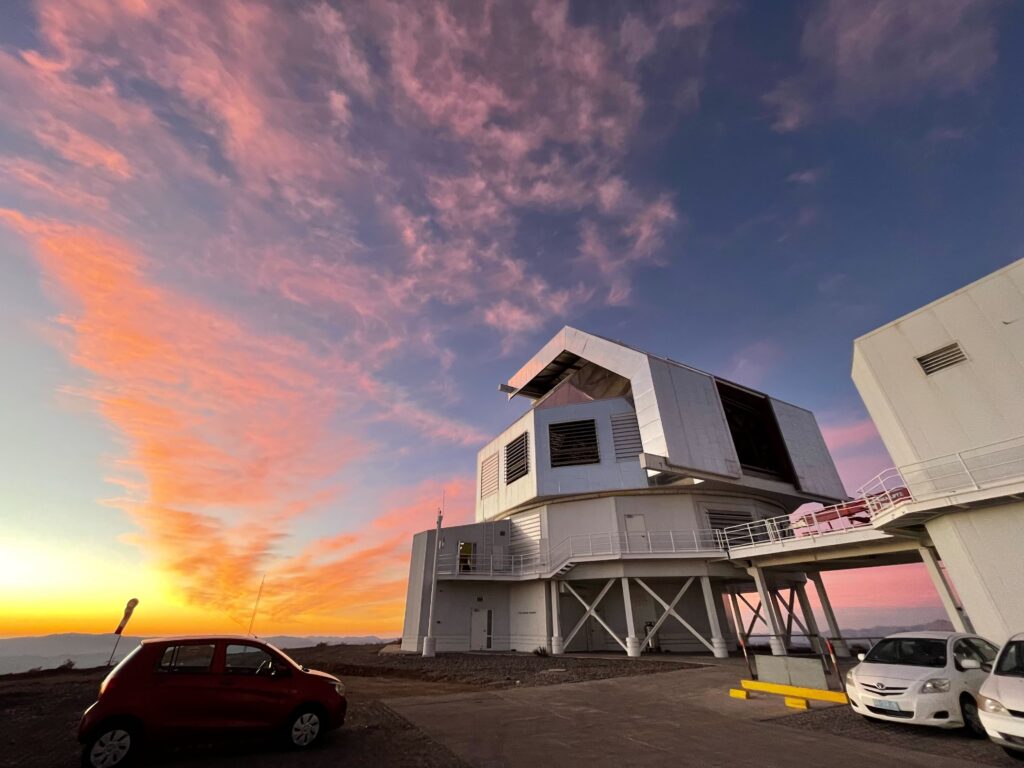
2. The vegan ate well!

3. Baby viscachas are still very cute!
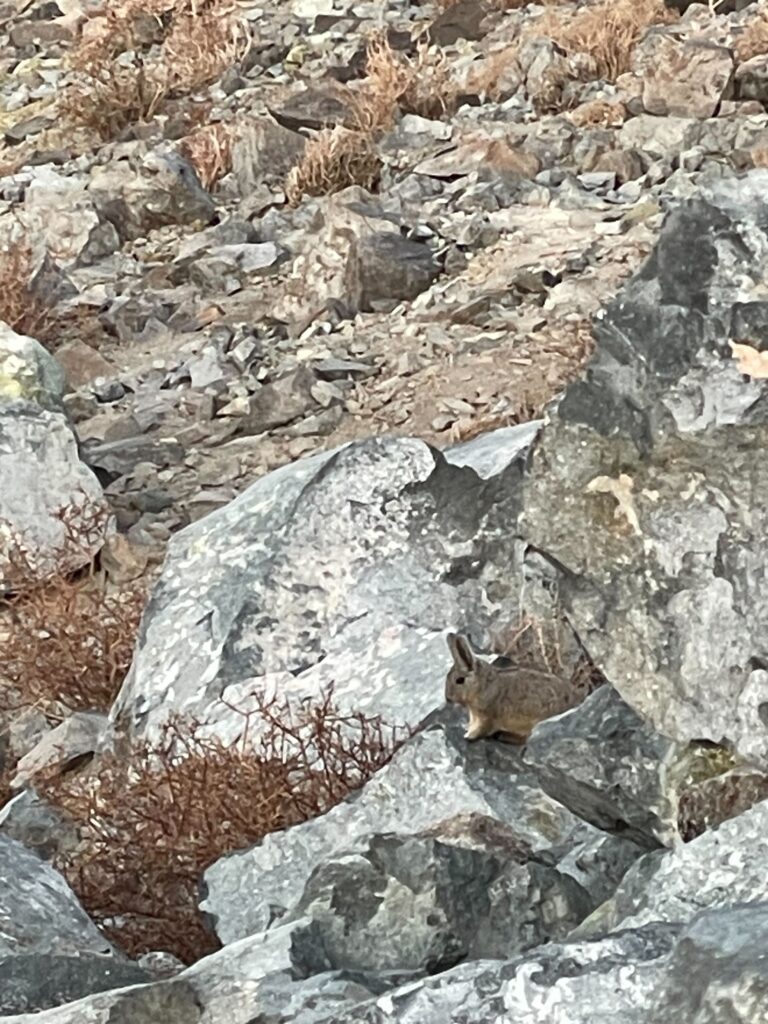
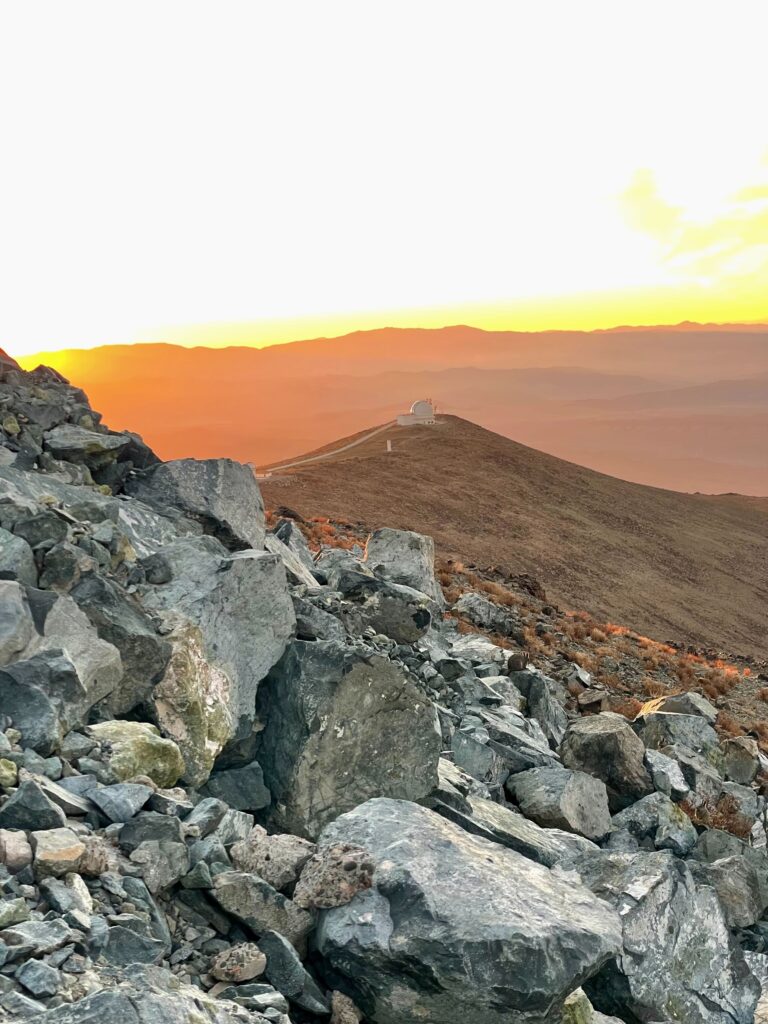
4. Another Laird theory proved!
During the course of our bright observations tonight, where we were attempting some engineering despite the seeing, we noticed that our performance was way worse than it should have been… when pointing to the south, where the control room is. Camtip (the champ) bounced like a pingpong ball. Then when we point to the north, away from the telescopes, suddenly smooth sailing. Camtip a beautiful steady ring. (Not useless!) A more detailed proof probably forthcoming, but initial evidence indicates AO doesn’t like the telescope pointing at 210-240 degrees. One more thing to think about when picking targets.
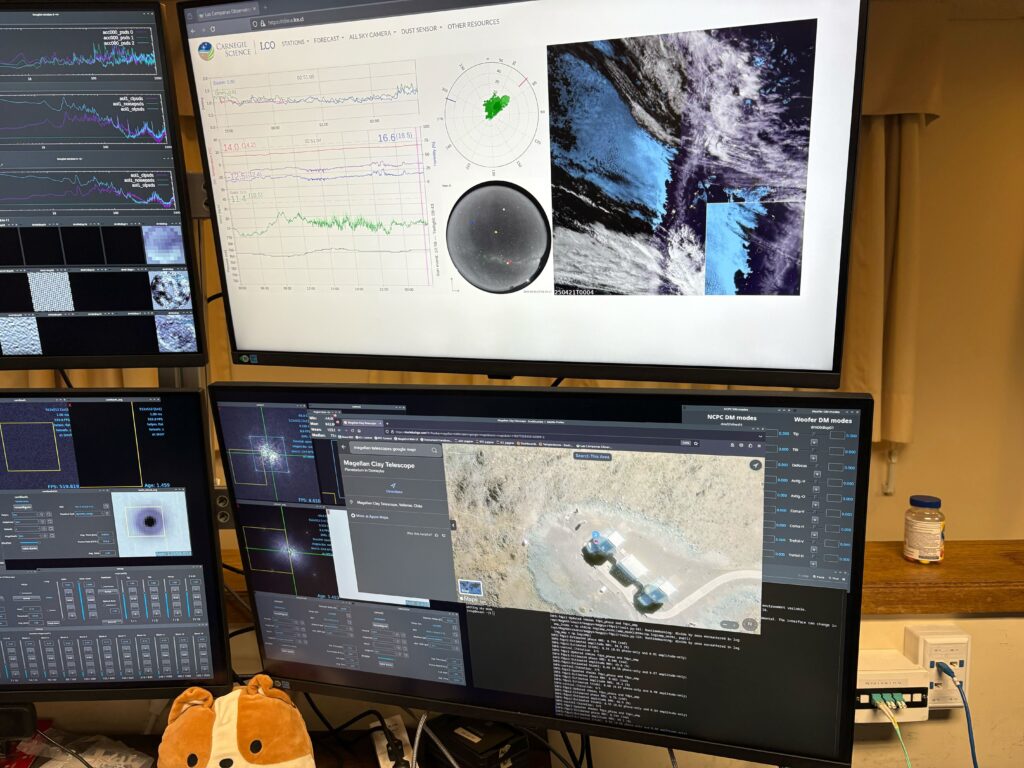
5. We got Easter candy!
The bunny (or should I say vizzy?) delivery is always a treat, and which treat changes year to year.

6. It’s Matthijs birthday!
Well, at midnight it was. He went down the hill before we had a chance to sing him a midnight birthday song in the control room, being a responsible day crew member. So happy birthday to our only postdoc! Hope you have some downtime from your rigging intro to enjoy more puzzles.
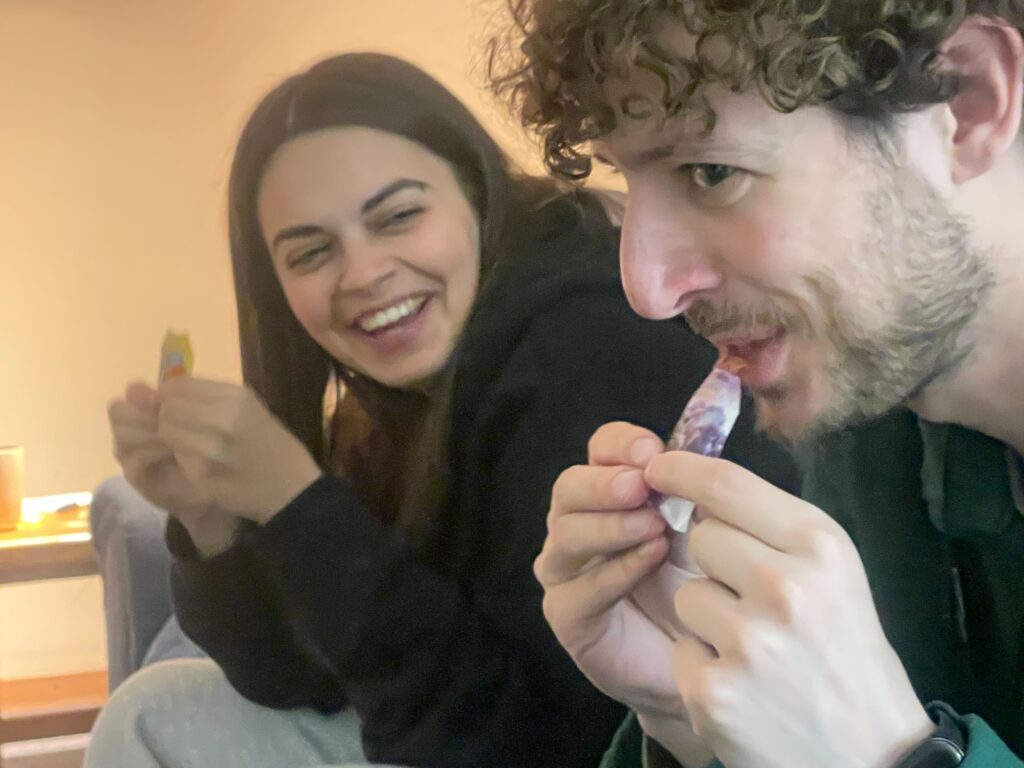
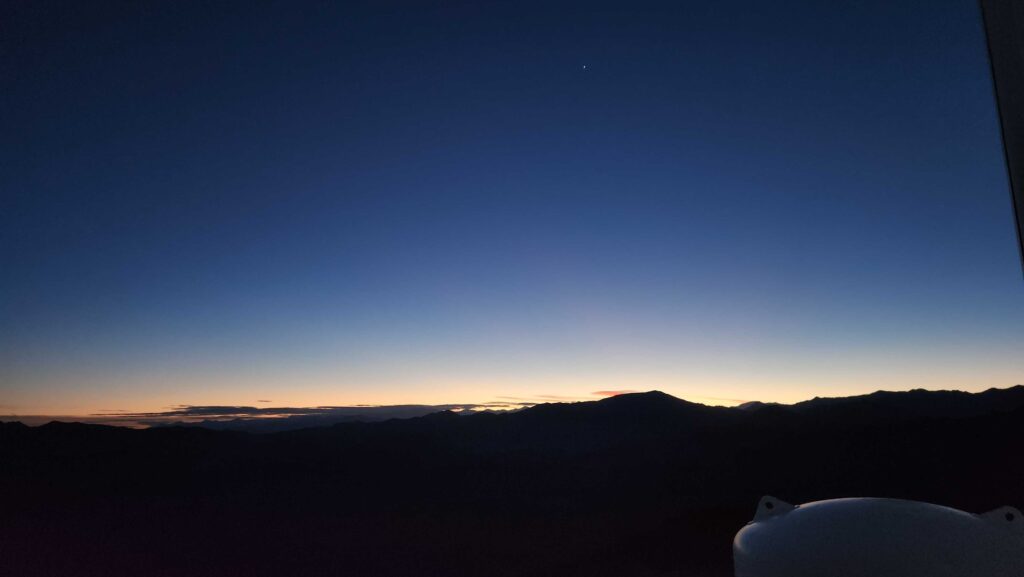
Given that the atmosphere basically booted us out the door, we’re done here. The last photons of 25A were tallied up, as scattered as they might be. The sun has risen, the DM cables are tucked into bed, and the day crew will take it from here.
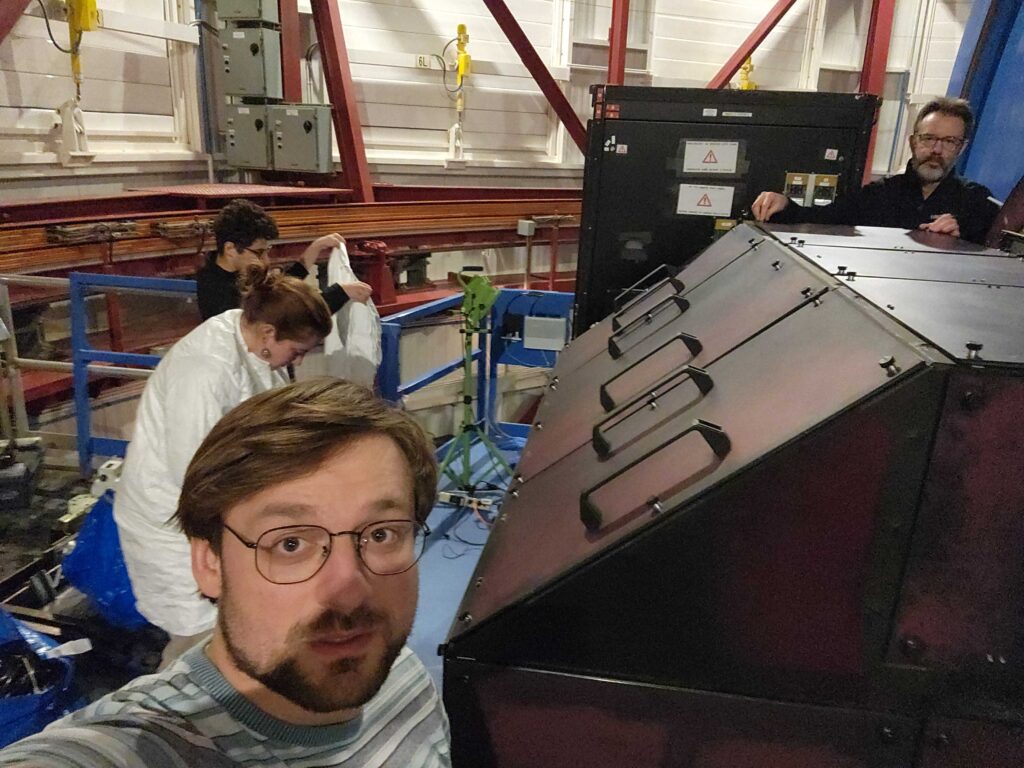
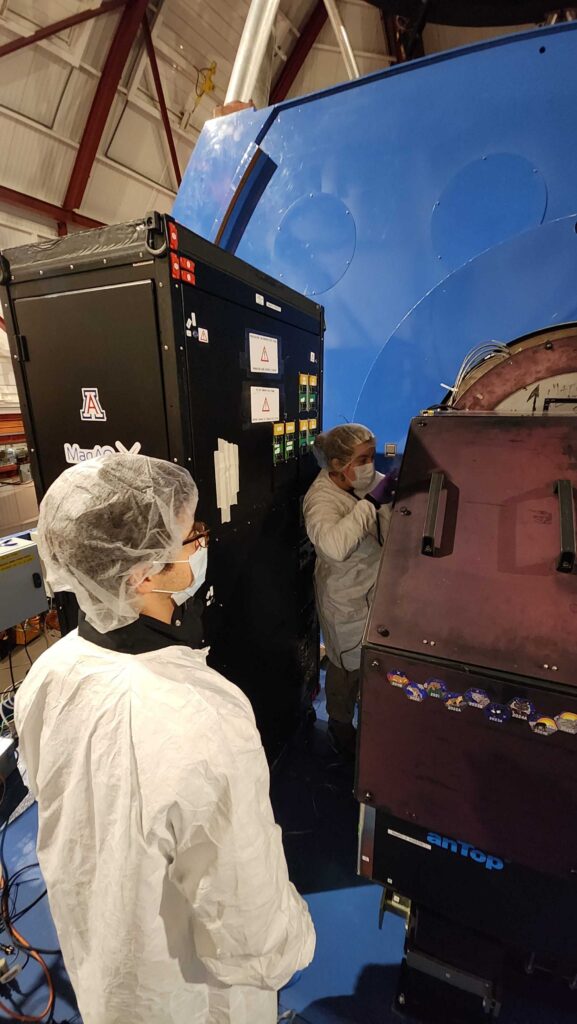
As I successfully got every observer to use my daytime calibrated incoherent speckles tonight, I find this quote specifically apt :
“It’s wonderful when you can bring sparkle into people’s lives, especially under difficult circumstances.” — “Castle in the Sky”, 1986.
Song of the Day
Thanks Joseph for introducing me to the perfect song to encapsulate the night.

